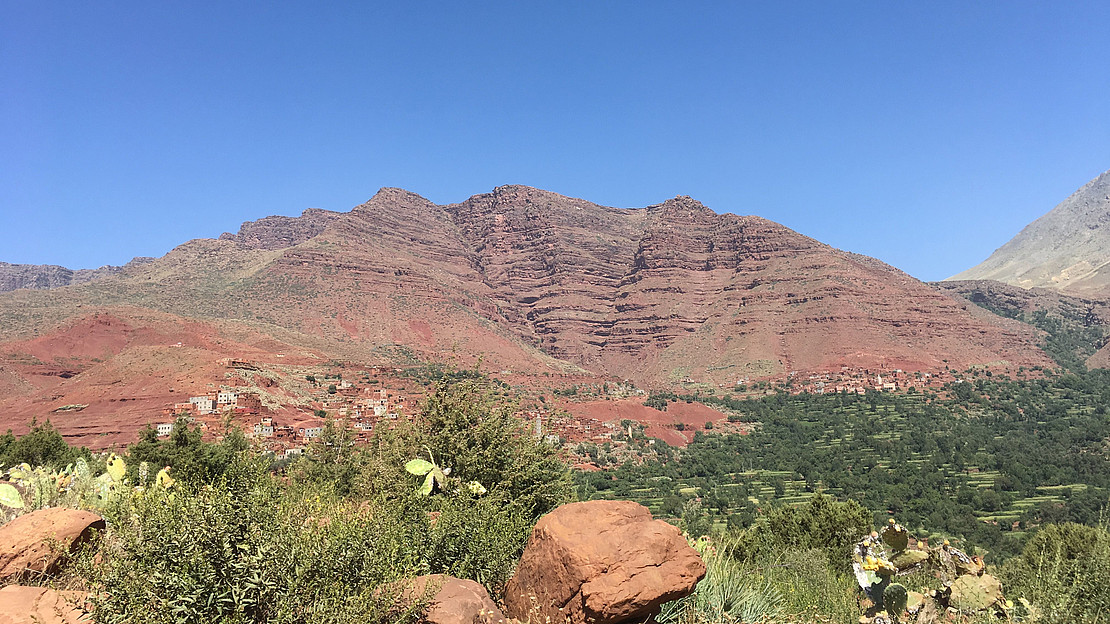Objectives

Generating sustenance and income, providing spaces for recreation, social relations and cultural as well as individual identification, hosting biodiversity and ecological resilience -- landscapes shaped by traditional agricultural production are contributing to sustainability and human wellbeing via multiple functions.
Today, such landscapes and the benefits they provide are more and more endangered by global trends of intensification and simplification.In order to manage landscapes in more sustainable ways, their multifunctionality has to be acknowledged.
Around the world, unique landscapes provide very specific and highly valorized food products: Landscape products are embedded in strong social-ecological relationships between local communities, global consumers and production environments.
The overall objective of the project "Landscape Chains" is to identify leverage points in the value chains of landscape products that support a transition towards sustainable landscape management, accounting for social and ecological trade-offs across scales and users.
Research Questions
The project is organized into three work packages that address the following overarching questions:
- Which ecosystem services trade-offs does cultivation of landscape products create, and how are these benefitting or harming different actors and actor groups?
- How is value of landscape products captured in multifunctional landscapes, and how are goods, financial resources, and information about these landscapes transmitted along the value chains to and from the distant places of distribution and consumption?
- What are the key leverage points in value chains of landscape products that support a transition toward sustainable landscape management?
The hypothesis is that landscape products empower consumers to connect to producer landscapes and to valorise social-ecological landscape characteristics through multiple flows of goods, investment and information along value chains.
Concept
The analyses are performed along the value chains from multifunctional producer landscapes to (often distant) places of processing, distribution, and consumption. To link landscapes and value chains, the analyses focus on Mediterranean landscape products and the landscape management regimes they are embedded in.
In-depth analyses focus on two types of landscape products that have been purposefully selected for high economic and symbolic value and for spanning major economic, social, and environmental gradients: Cork, and edible tree crops (including chestnuts, walnuts and figs).
